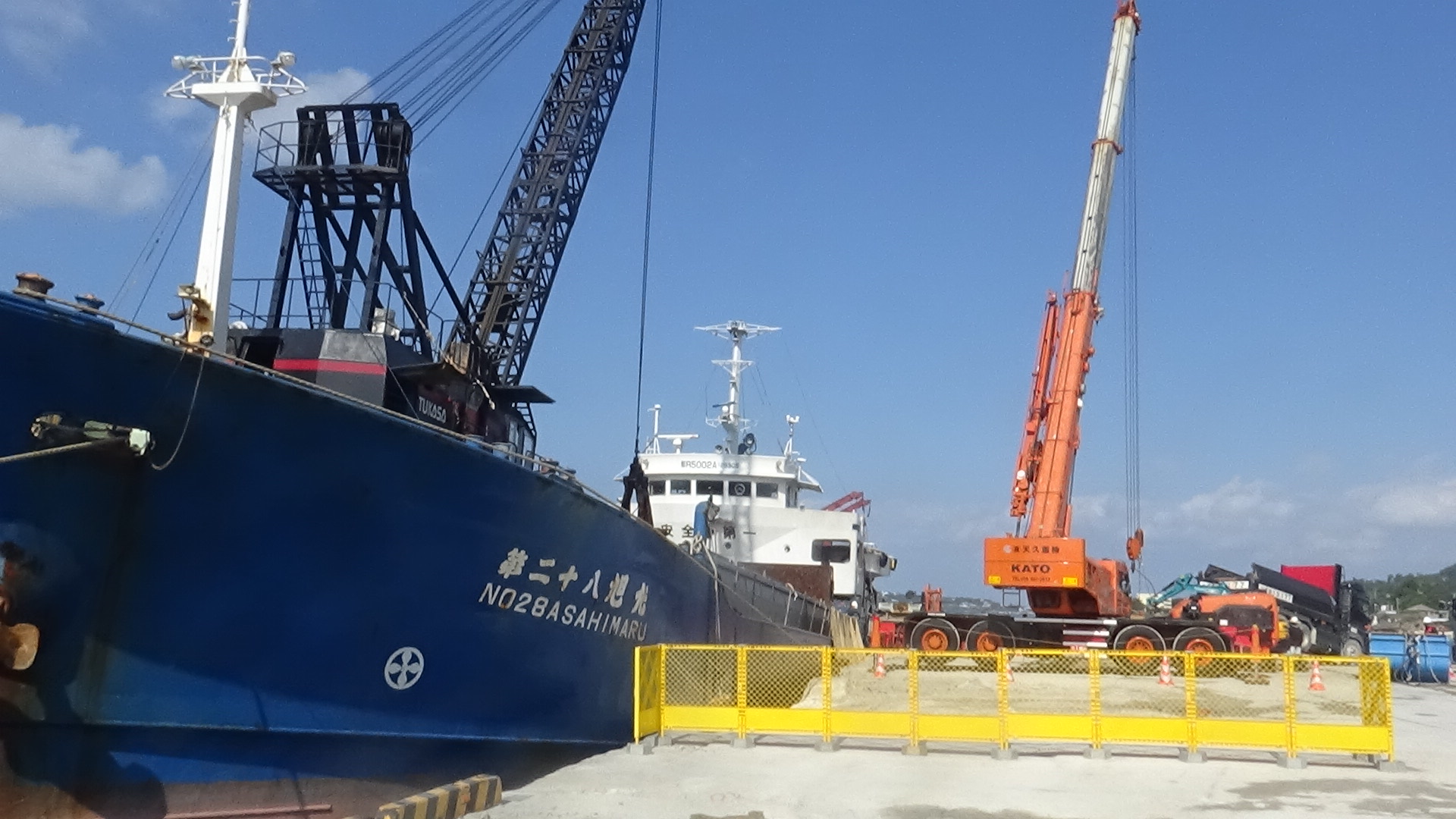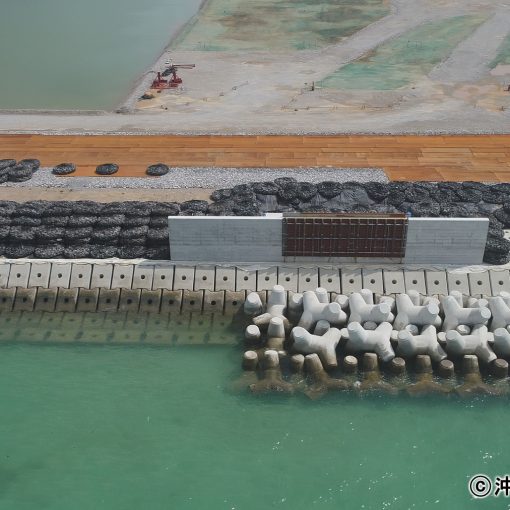Denny Tamaki, governor of Okinawa Prefecture, declared a prefectural state of emergency on the 19th, responding to a rapidly spreading COVID-19 contagion. He asked the prefectural residents to refrain from unnecessary outings after 20:00. It is the third declaration in Okinawa Prefecture since last year. The number of infected persons is more than 6,700 in Okinawa, showing a rate of infection per population almost as high as Tokyo. The government’s Go-To Travel Campaign effectively increased the number of visitors to Okinawa and caused a rapid increase of infected persons. The Suga regime’s mismanagement, to prioritize the economy over preventing contagion, invited the disastrous situation.
On the 20th, the U.S.military in Okinawa announced a group infection of 43 soldiers in Camp Schwab. It is the first massive infection in Camp Schwab. Many protestors in front of the gate questioned if the U.S. military made COVID-19 infection count public in time with the declaration of the prefectural state of emergency after having hidden it as long as possible so that they could continue construction.
In response to the local government’s request, All Okinawa Coalition decided to suspend the protest rally as an organization up to Feb 5.

(Infront of Camp Schwab Gate)
On the first day of the protest suspension, 30 or more citizens, joined by six former members of the Teachers’ Union in Kunigami, made a protest rally. They raised a voice to the Okinawa Defence Bureau employees at the gate, “The prefecture declared a state of emergency. Stop the construction immediately!” and “Is the construction of a military base more important for you than the life?”
The construction crew made 213 truckloads delivery.


(Ryukyu Cement Awa Pier)
About 15 members of the Okinawa Heiwa Shimin Rennraku-kai (Okinawa Peace Forum) continued the protest, dividing into two groups at the pier entrance and exit. The temporary storage yard held a lot of soil and sand. The crew transported 967 truckloads from the quarry, but no carrier vessels were available, so the delivery work ended at 12:30.
The construction crew loaded two carrier vessels with 472 truckloads of landfill soil.


(Motobu Shiokawa Pier)
It was the day of monthly loading of soil/sand to a sand carrier with a grab bucket, and loading was performed simultaneously for two vessels for the first time. One carrier came along the pier on the north side and another on the usual south side, and a crane performed loading.
The port authority has secured the pier’s north side for shipping to remote islands. However, it gave a permit to use for the construction as long as shipping for remote islands is not hampered.
Some dump trucks bogged down at all times in the pier grounds because the loading work with a crane in the carrier is ineffective.
It took eight hours for the crew to load two carrier vessels with 259 truckloads of earth and sand.


Number of dump trucks to date and percentage against the total
The estimation calculated on the basis of the number of ruckloads serves only as a reference.
Number of dump trucks which made delivery from December 2018 to the end of December 2020 302,705(3.746%)
| 16(Sat) | 18(Mon) | 19(Tue) | 20(Wed) | 21 (Thu) | 22(Fri) | |
| Awa | 0 | 1043 | 1035 | 472 | ||
| Shiokawa | 0 | 660 | 575 | 259 |
| Number of dump trucks ※ |
Weightt of earth/sand
※① |
Converted to volume
※② |
Volume per Total
※③ |
| 313,093 | 1,565,465 t | 782,733㎥ | 3.875 % |
※ Cumulative since Dec. 1, 2019
※① Calculated by assuming that the average truckload per dump truck would be 5 tons
※② Calculated by assuming that a specific weight of soil/sand set to be 2
※③ Percentage against 20.200.000m3, the total volume of earth and sand required for the landfill.





